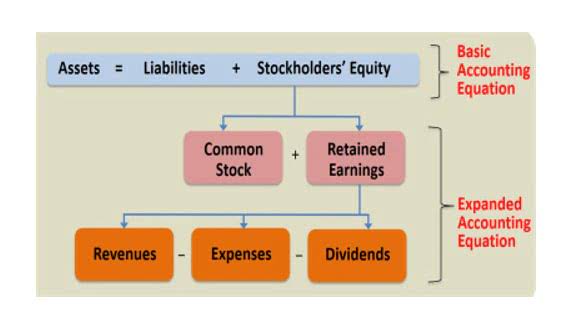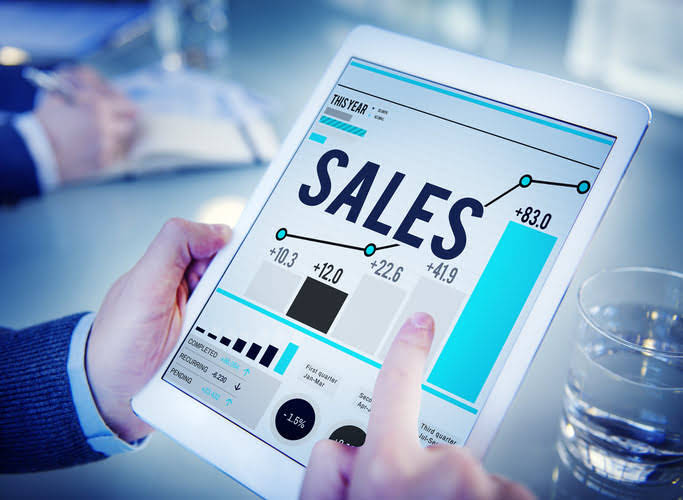
As the fixed assets last longer, the expenses are divided over the item until they’re useful. The IAS 16 of the IFRS governs the rules regarding recognizing and recording the plant assets in the company’s financial statements. Instead, a part of the cost is periodically charged to the expense account to depreciation the plant assets. Plant assets represent the asset https://www.bookstime.com/articles/posting-in-accounting class that belongs to the non-current, tangible assets. These assets are used for operating the business functions and generating revenues in the financial periods. From an accounting perspective, plant assets are typically held on the balance sheet at historical cost (what the company paid for them) less depreciation (ongoing wear-and-tear expense) over time.
Popular Resources
In the initial years of the asset, the amount of depreciation expense is higher and decreases as time passes. In this article, we will talk about non-current tangible assets and, specifically the plant assets. The article will be all about plant assets, their recognition, depreciation, and differentiation from other asset classes.

HOW THE MOTLEY FOOL CAN HELP YOU

This might be a single storefront site for smaller companies or numerous locations or buildings for bigger enterprises. Depending on the industry and purpose of a company, a number of items might now qualify as plant assets. This includes purchase price, shipping costs, installation charges and any other costs directly attributable to bringing the asset to its working condition. Buildings can also contain equipment storage, warehouses for merchandising and sales, or on-site centers that assist employees and staff, especially for bigger companies. If debt has been used to purchase the plant asset, then the cash flow statement would also show the regular payments towards that debt too. Plant assets should be depreciated over their useful life, and reflected as an expense on the income statement.
Cash Flow Statement
It includes cash/bank, short-term securities, inventories, account receivables, etc. Determining the cost of constructing a new building is often more difficult. Usually this cost includes architect’s fees; building permits; payments to contractors; and the cost of digging the foundation.
Financial Accounting
- Even if a company does not operate on-site or own property, many businesses profit from purchasing land, even if they do not intend to use it until later.
- These are physical assets that are expected to be financially useful to a company for more than a year.
- Improvements should be done on a regular basis or when a scenario necessitates intervention to extend the life of assets and avoid future issues with their capacity to serve a business.
- This might be a single storefront site for smaller companies or numerous locations or buildings for bigger enterprises.
- Depreciation is a non-cash expenditure that decreases the company’s net profits and is recorded on the income statement.
The best way to manage your assets is to use an accounting software application that simplifies the entire asset management process from the initial acquisition to asset disposal. Even the smallest business has assets, which can include one characteristic of plant assets is that they are: everything from cash in the bank, to the computer you’re working on, to the building where you manufacture piggy banks. Some fixed assets’ fair values can be extremely variable, needing revaluations as often as once a year.
- The cost of machinery does not include removing and disposing of a replaced, old machine that has been used in operations.
- It is also called a fixed-installment method, as equal amounts of depreciation are charged every year over the useful life of an asset.
- Despite the fact that upgrades might be costly, they are nevertheless regarded an asset to a company since they constitute an additional investment in ensuring the company’s success.
- If the equipment or machinery in question is a necessary part of your business operation, it’s a plant asset.
- Any costs incurred after the initial purchase that enhance the asset’s future economic benefits are capitalised onto the balance sheet.
- Land can be purchased by a start-up company for a single site, but a bigger company can possess several types of land that serve diverse functions for the company and its subsidiaries.
- The article will be all about plant assets, their recognition, depreciation, and differentiation from other asset classes.
Module 9: Property, Plant, and Equipment
Plant assets are goods that are considered long-term assets because of their high price or worth, even if the assets depreciate. It’s crucial to recognize which of your assets are plant assets, regardless of their worth. The goods you can include in this category are usually useful assets that help your business well. Depreciation is the process by which a plant asset experiences wear and tear over a particular period of time.
In the balance sheet of the business entity, these assets are recorded under the head of non-current assets as Plant, property, and equipment. Because of the term’s roots during the Industrial Revolution when plants and factories were the most frequent mode of production for major companies at the time, plant assets are referred to as such. Despite the fact that plant assets are still referred to as such, the assets in this category are no longer confined to factory or plant-related resources.
Needless to say, they’re an enormously important part of producing goods and/or services in an economically efficient manner. Businesses must be especially careful in making these investments since buildings and land are immovable and can’t be easily substituted. It’s impossible to manufacture products without equipment and machinery, or a building to house them.

Land is considered to have an unlimited life and is therefore not depreciable. However, land improvements, including driveways, temporary landscaping, parking lots, fences, lighting systems, and sprinkler systems, are attachments to the land. Owners record depreciable land improvements in a separate account called Land Improvements. They record the cost of permanent landscaping, including leveling and grading, in the Land account.
